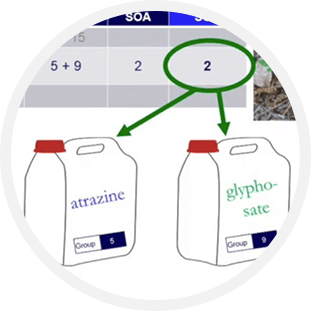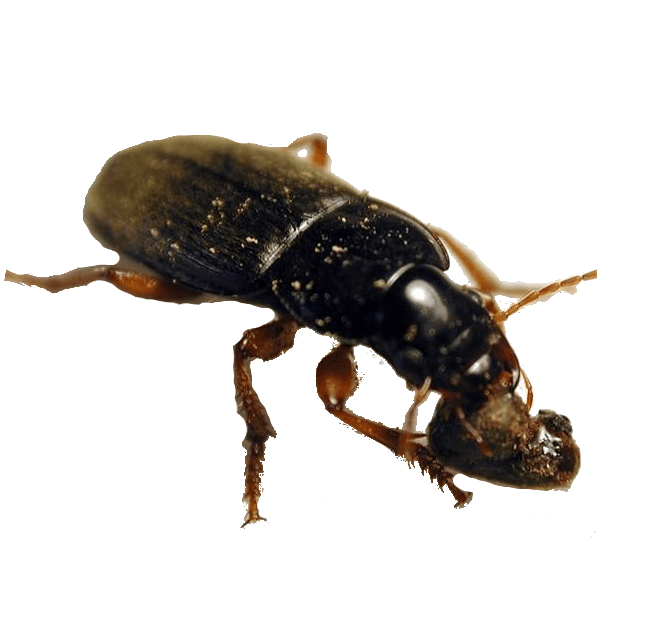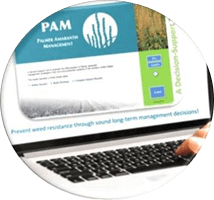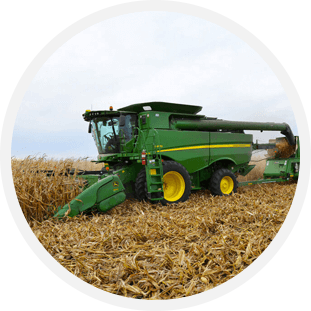Weed Management Toolbox
Weed Management Tactics Form a Toolbox of IWM
IWM can be thought of as a “toolbox” of weed management strategies, or “tools.” The set of “tools” a producer chooses to tackle a particular weed problem should be based on what’s best for the specific situation. The “toolbox” includes chemical (herbicide), mechanical, cultural, biological practices, and weed prevention measures.
IWM Tactics
IWM tactics span a wide range of options and complexity. Many IWM tactics can be integrated without substantial change to current management programs, while others require more extensive planning and implementation. Some examples options that are easier to implement include: equipment cleaning, timely scouting, altering herbicide tank mixes; while more extensive options include: changing crop rotation, cover cropping, changing tillage practices, and harvest time weed seed control.
IWM is not an alternative to herbicides in conventional crops
For many decades, herbicides have been the primary means of weed management due to their simplicity, effectiveness, and affordability. IWM is about using all options available to best solve the problem – in many cases, herbicides are part of this solution.
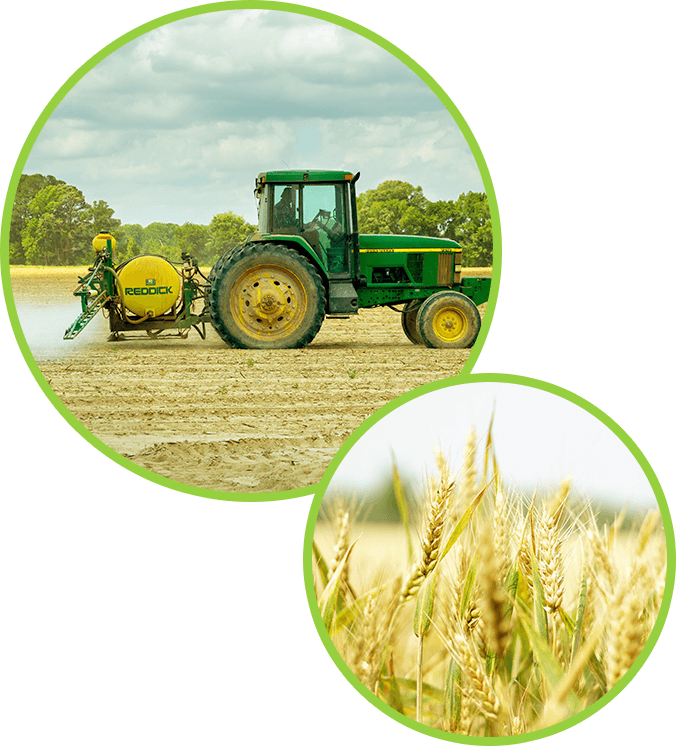
Why Now?
For some producers who are strongly affected by herbicide resistance, IWM is necessary to maintain weed control. The main driver for altering weed control practices is when current strategies are no longer effective, or a new weed enters a field and requires a change in plan. In addition, the recent increase in consumer demand for organic products has also motivated some producers to integrate new weed management practices in the absence of herbicides.
For up-to-date recommendations for specific weeds, explore the Herbicide-resistant Weed page.


